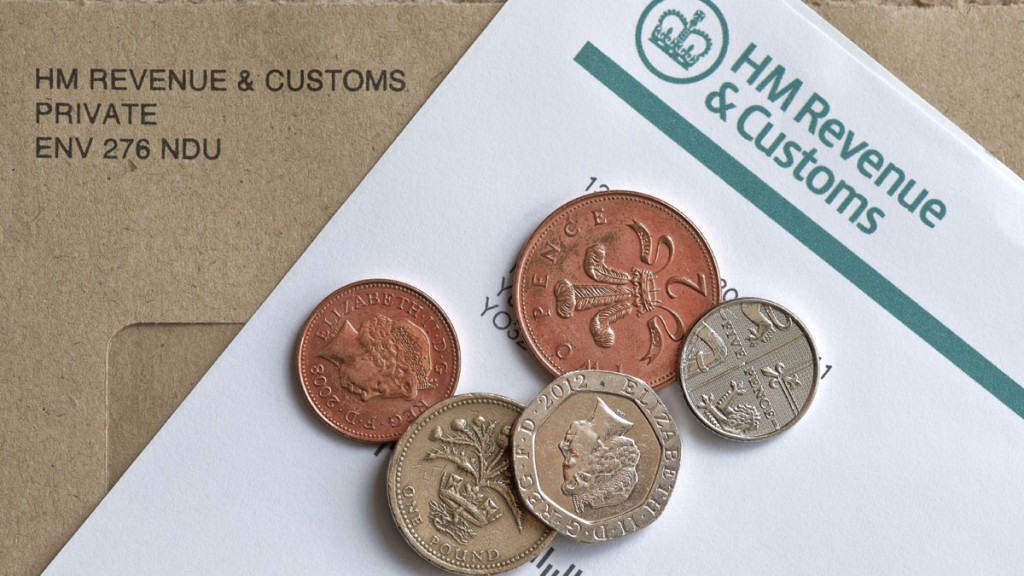
As an investor, you are affected by many variables that you simply can’t control.
Interest rates. Political interference. Extraordinary popular delusions and the madness of crowds. And that’s before we even start on the ins and outs of picking stocks or funds.
However, there is one variable that you can control – your costs.
It may not sound as sexy as speculating on the direction of interest rates, or the next Brexit-style political shock, but every extra pound you save in costs is a pound that will compound and grow into many more pounds when you come to use your savings to retire or pay for a home or a dream holiday.
One cost in particular can take its toll on your investments: tax. And yet it’s incredibly easy to avoid, entirely legally.
In fact, the government doesn’t want you to pay tax on your investments.
If it did, we wouldn’t have Individual Savings Accounts (Isas)…
What exactly is an Isa?
The Individual Savings Account (Isa) is one of the most popular savings vehicles in the UK, next to pensions. At this time last year, British investors collectively held around £518bn in their Isas. That was split almost 50/50 between cash, and stocks and shares.
The tax office reckons that in 2015-16 alone, British investors saved themselves a total of £2.6bn by parking their money in Isas.
In fact, Isas have proven so successful that the government has widened the Isa family quite dramatically since they were first launched in 1999. Today we’ll focus on the original “adult” Isas, and tomorrow I’ll talk a bit more about the various other savings products with the “Isa” label.
The key thing to remember about an Isa is that it is just a “wrapper”. You put your savings or investments into an Isa, and it shields them from tax. You don’t have to pay income tax on dividends or interest income, and you don’t have to pay capital gains tax (CGT) on any profits you make.
Now, if you’re just starting out, you might think that this doesn’t matter. After all, bank accounts pay hardly any interest these days anyway. And even if they did, the government recently made the first £1,000 of interest income-tax free (£500 for higher-rate taxpayers). Same goes for dividends. And as for capital gains, you don’t have to pay tax on those until you’ve made at least £11,100 in profit.
Those are valid points. In some cases – particularly in the case of cash savings – you might even find that you’ll get a better deal outside an Isa (we’ll be looking at some of the best savings deals on offer in our special Isa report for MoneyWeek magazine very shortly – see here for more details).
However, you might feel differently in ten years’ time, when your portfolio is worth six figures and you’re starting to worry about whether or not you can crystallise your profits without triggering CGT. Or maybe interest rates will start to rise, and the government will decide to scrap the “tax-free” allowance on savings interest again.
You see, the problem is, your annual Isa allowance is a “use it or lose it” allowance. In other words, if you don’t exploit it this year, you won’t be able to carry it over, and you’ll have lost your opportunity to shield that money from the tax office for good. So overall, we’d suggest using it where possible.
How much can you put in your Isa?
There are two types of adult Isa. There’s the cash Isa, and the stocks and shares Isa. You can open one of each every tax year. For the 2016/17 tax year (ie up to 5 April this year), you can put up to £15,240 into your Isas, split as you wish between the two types. From 6 April, that goes up to £20,000.
In other words, from next tax year, as a couple, you will be able to park up to £40,000 a year into a tax-free savings account.
That’s pretty generous, and it gives you the means to build up a significant tax-free lump sum over time, to meet any financial goal you can think of – from saving for a deposit, to school fees, to retirement (on that point, we’ll look at the difference between Isas and the other big tax-efficient savings vehicle – the pension – later this week).
Tomorrow, we’ll look at the different types of Isa on the market, and explain the ins and outs of each one.
Meanwhile, if you want to know what investments to put in your Isa, then subscribe to MoneyWeek now to make sure you don’t miss our Isa special. Max King, our funds expert, will be tipping his favourite funds for this Isa year, and we’ll be outlining model portfolios to suit everyone from beginners to experienced investors. Subscribe here now.